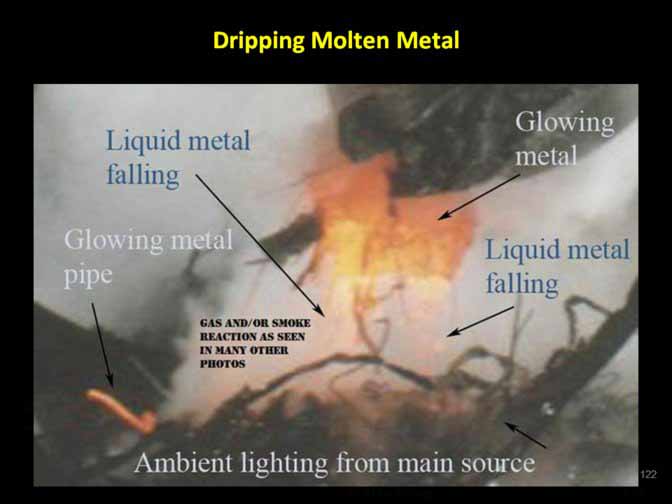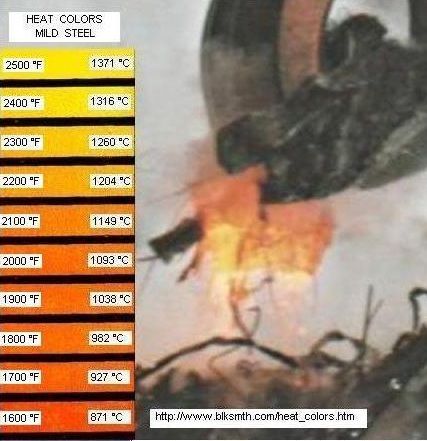Creative Speculation
Related: About this forumOnlinePoker
(5,833 posts)Why burn at 1800 and then say it's "just 300 degrees more" than jet fuel burns? That is a big difference when it comes to metal working. Do it at the 1500 and give us another demo.
How long did he have the steel heating in the forge? Page 184 of the NIST final report says (in part): Jet fuel sprayed onto typical office workstations burned away within a few minutes. The jet fuel accelerated the burning of the workstations, but did not significantly affect the overall heat released. In the simulations, none of the columns with intact insulation reached temperatures over 300c. Only a few isolated truss members with intact insulation were heated to temperatures over 400c in the WTC 1 simulations and to temperatures over 500c in the WTC 2 simulations.
http://www.nist.gov/el/disasterstudies/wtc/
William Seger
(11,040 posts)wildbilln864
(13,382 posts)under a 3/4 inch i beam loaded with 300lbs!? Fucking stupid comparison! You'll fall for any bullshit! 2000 degrees F? I think they're lying! And guess what William. It didn't melt like on 911!
whitefordmd
(102 posts)Why not?
wildbilln864
(13,382 posts)whitefordmd
(102 posts)wildbilln864
(13,382 posts)under ideal conditions.
So?
whitefordmd
(102 posts)explain why you make that claim.
William Seger
(11,040 posts)> 2000 degrees F? I think they're lying!
So, you think it lost enough strength to fail at LESS than 2000F? I would say congratulations, you finally got one correct, but apparently it was an accident and you don't understand the implication. The point of the experiment was to show the loss of strength in a jet fuel fire, not to measure the temperature of the fire or the steel when it failed. It failed, period. It was just a perfectly predictable demonstration of a fact that's been known for over a hundred, when builders realized they needed to fireproof steel.
> And guess what William. It didn't melt like on 911!
I'm still waiting patiently for any actual proof that there was any melted steel on 9/11. We don't need to explain things that didn't happen, and there was certainly no need to melt the steel to bring the buildings down, which is what this video shows.
wildbilln864
(13,382 posts)if it had been melted All then some would have cooled along the edges or somewhere far from a geat source and be easily identified as such but there was no evidence of any molten Al. No pictures, nothing! Molten steel though there are plenty of eyewitness accounts!




William Seger
(11,040 posts)> The jet fuel accelerated the burning of the workstations, but did not significantly affect the overall heat released.
FEMA estimates that each plane was carrying about 10,000 gallons of jet fuel at impact, that about 3000 was consumed in the initial fireball, and that perhaps half of what was left flowed out of the impact area. That leaves about 3500 gallons that burned inside each building. That's enough energy to lift a 150+ ton plane over 30,000 feet in the air and propel it more than 1000 miles at over 500 mph. If that much energy "did not significantly affect the overall heat released," then what you're really saying is that the energy released by other sources was absolutely enormous.
whitefordmd
(102 posts)since significant amounts of insulation was damaged or broken off from the impact, (where most of the heat and fire just happened to be as well), referencing the temperature of the insulated steel is not going to provide any real information. It does provide evidence that the uninsulated steel temperatures very likely were a key factor in the failure.